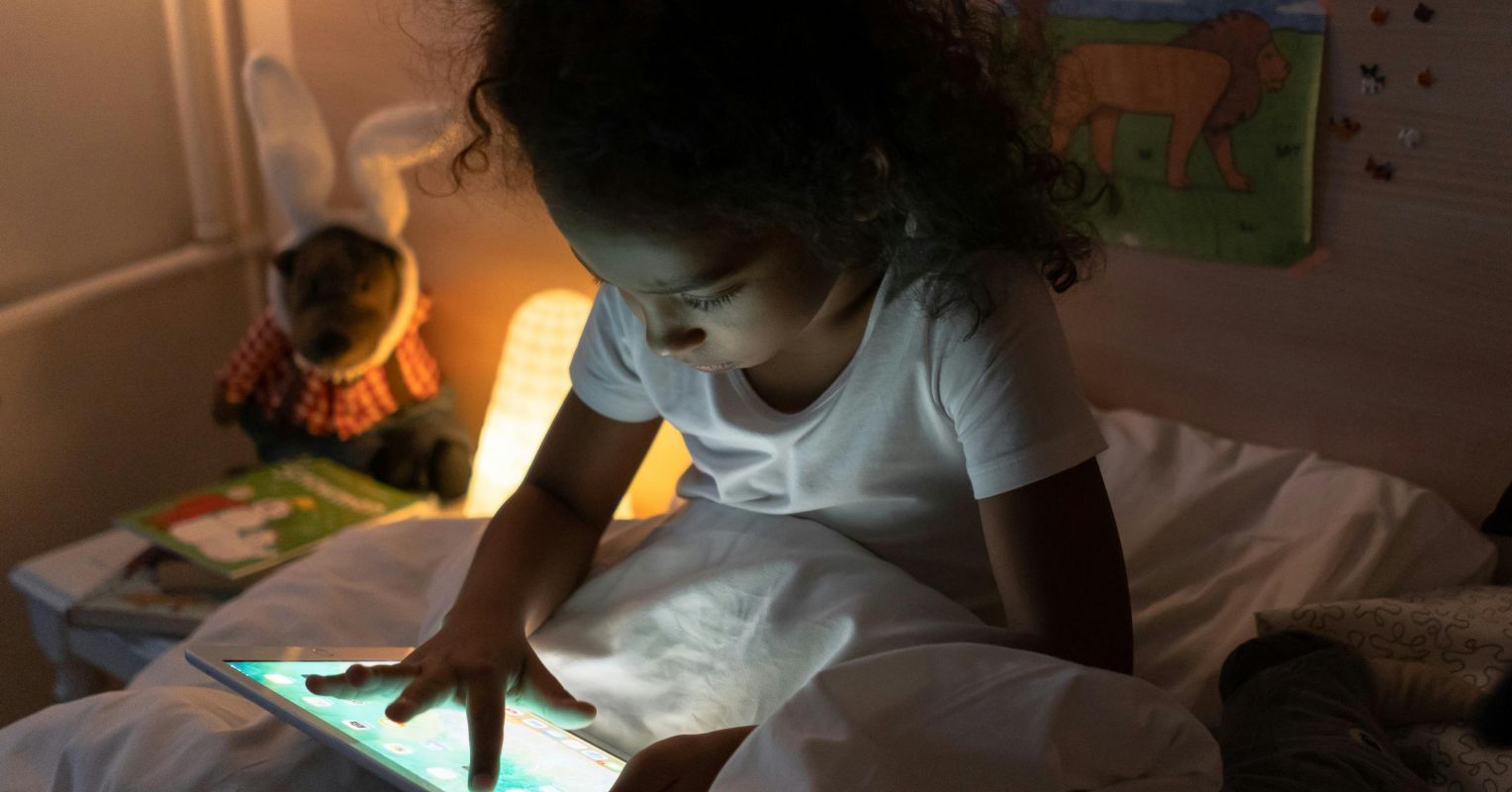
"And I've had patients as young as 7 who admitted that they had gone to a porn site and watched "sex." This was accompanied by giggling and embarrassment. But behind the giggling was confusion over what sex is and why people are all watching this stuff. Older kids, from ages 10 through adolescence, may understand more about the meaning of the word sex and why people watch porn-but don't assume that they have accurate ideas about either."
"A teacher at Friends' Central School in Wynnewood, Pennsylvania, Al Vernacchio, teaches sexual literacy starting in elementary school. He begins by talking about puberty to the fourth and fifth graders, continues with discussions about romantic crushes with the middle school kids, and in high school, he talks about the question: What is sex? Surprisingly, he finds, there is confusion over the answer. He allows his students to ask questions anonymously at the beginning of every class by submitting written messages to him."
Many children encounter pornography at young ages; Common Sense Media reports a majority by ages 13 to 17, and clinical encounters include children as young as seven. Early exposure often causes giggling and embarrassment that mask confusion about what sex is and why people view pornography. Older children may know the word sex but still hold inaccurate beliefs about sexual behavior, consent, and motivations due to misinformation from porn. Al Vernacchio teaches sexual literacy from elementary through high school, uses anonymous questions, and addresses puberty, crushes, consent, and pornography’s misleading messages. Parents are actively seeking resources to guide conversations about online accessibility.
Read at Psychology Today
Unable to calculate read time
Collection
[
|
...
]